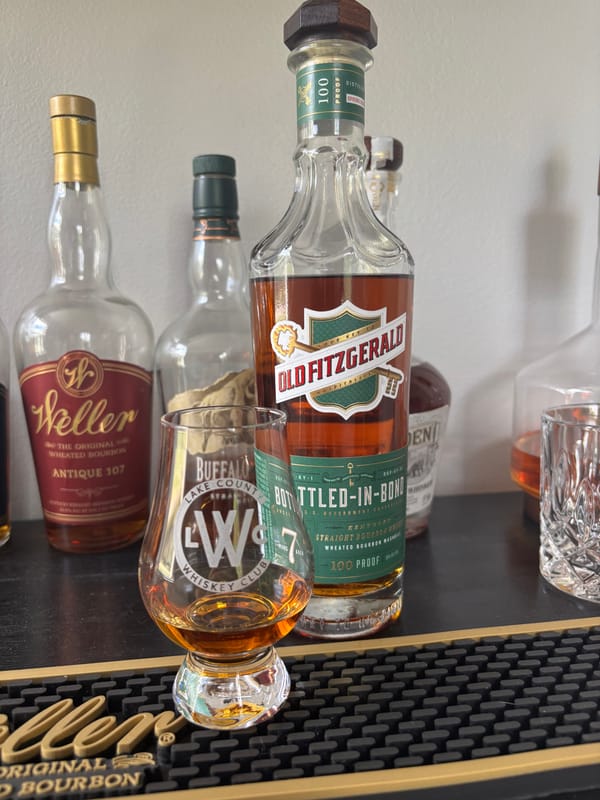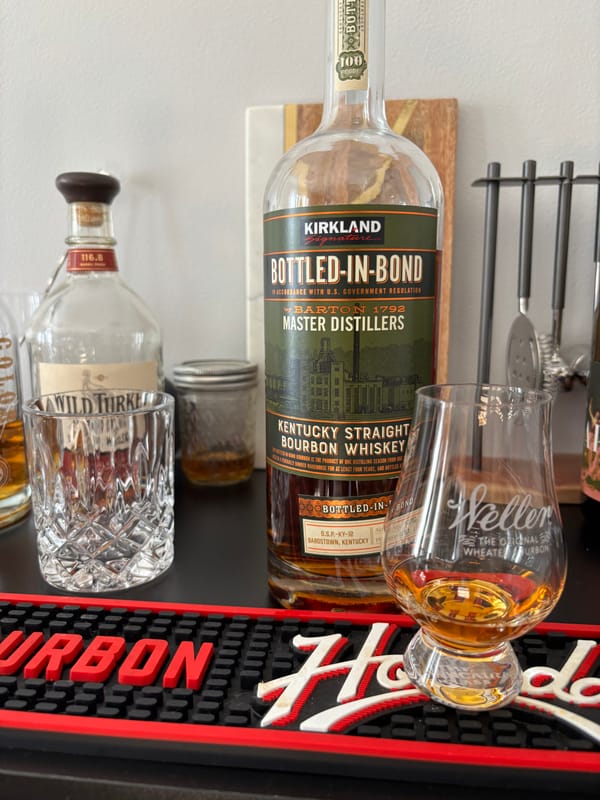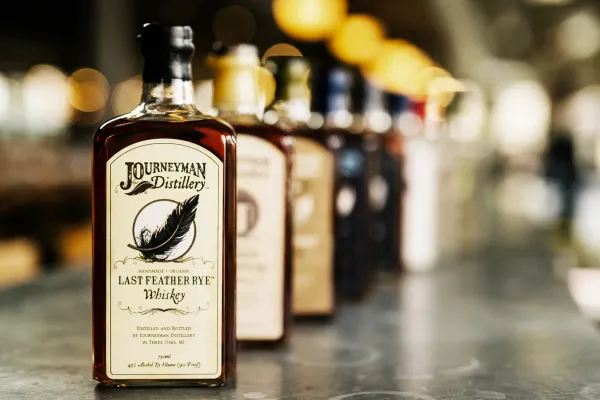Whiskey Batch Consistency Testing Rules Explained: The Standard You’ll Wish You’d Trusted Sooner

Batch Consistency Testing Rules: The Whiskey Standard You Can’t Miss
Batch consistency testing rules in whiskey production aren’t just checks. They’re the strict standards that ensure every bottle in a batch matches its intended flavor profile. If you don’t know these rules, you’re missing the standard that guarantees every sip. For whiskey fans eager to trust their pour, this is the straight truth about whiskey batch consistency testing rules, rooted in legal standards and science, and a 2025 must-catch.
What Are Batch Consistency Testing Rules?
U.S. law requires whiskey (bourbon, rye, etc.) to meet grain, distillation, and aging standards, with batch testing ensuring uniformity across bottles. Scotch and Irish whiskey (Scotch Whisky Regulations 2009, Irish Whiskey Act 1980) mandate similar oversight. Testing involves sensory evaluation (by trained panels) and analytical methods (e.g., gas chromatography) to verify flavor compounds—esters for fruit, phenols for spice—post-aging (two-plus years for U.S., three-plus for Scotch/Irish). Tests confirm proof (80 minimum) and flavor consistency for whiskeys in climates like Kentucky (20-100°F).
How Batch Testing Shapes Whiskey
Sensory panels taste bourbon samples, ensuring corn’s caramel notes match across barrels aged four to eight years. Chromatography analyzes Scotch for consistent malty or peaty profiles, aged in Scotland’s climate (40-65°F). Rye whiskey tests verify clove intensity, preventing batch variation. Non-compliant batches are re-blended or rejected, with legal standards enforcing uniformity to avoid consumer disappointment. Testing, conducted before bottling, ensures flavors from fermentation (8-10% ABV) and distillation (160 proof max) remain true, delivering reliable whiskeys at 80-120 proof.
Why Batch Testing Matters for Your Sip
A bourbon at 80 proof, batch-tested, delivers uniform toffee warmth, while a Scotch at 86 proof, rigorously checked, offers consistent malt, per legal standards. Inconsistent batches risk flavor drift. Every sip reflects testing’s standardizing role, making your next bottle a reliable expression of its craft.
Why Batch Consistency Testing Rules Matter in 2025
Batch consistency testing rules are whiskey’s uniformity gatekeepers. By 2025, understanding these standards could make every sip a clear taste of reliable craft, from bold to smooth. It’s the truth in the standard, so don’t miss the consistency.
Check out NEAT: Whiskey Finder—it’ll help you track down bourbon and whiskey near you.





